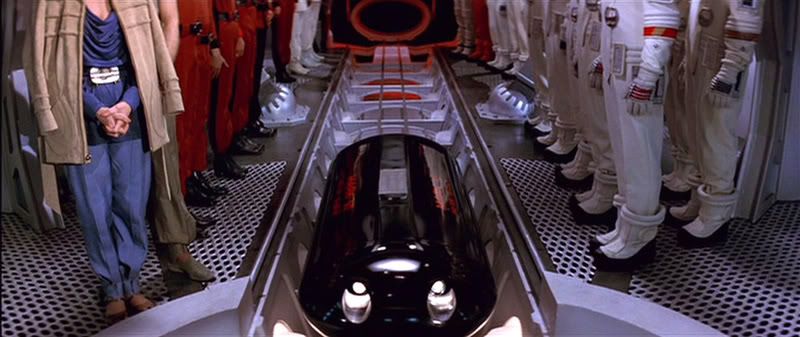Aha, found 'em!
Taken from the asteroid chase scene:
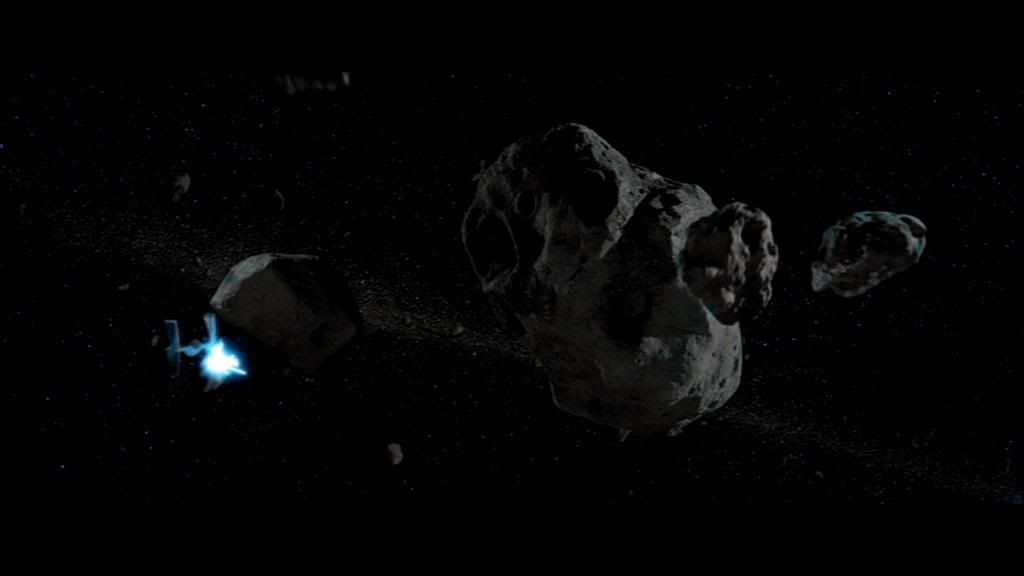
Frame 1: TIE clips an asteroid with it's lower port wing. Note the blue-white glow.
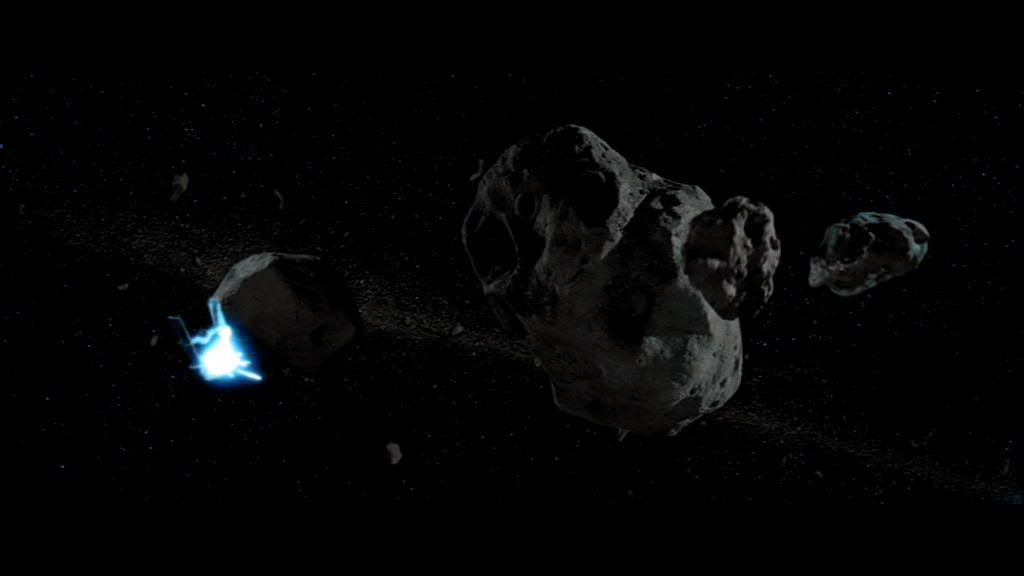
Frame 2: Note that the flash is now quite similar to the previous shots posted in this thread.
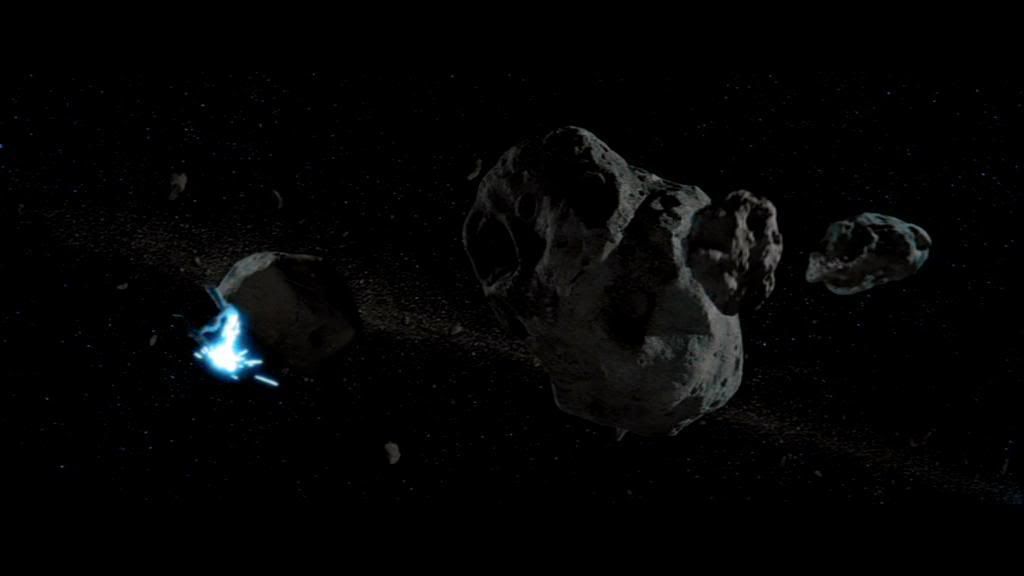
Frame 3
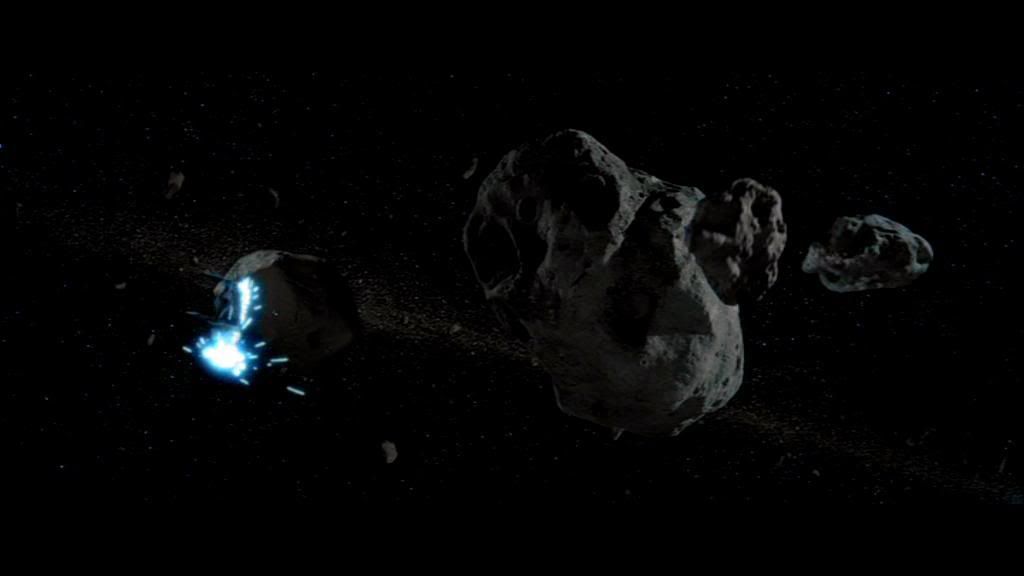
Frame 4: The TIE now spins away, but the rock it hit continues to glow. This shouldn't be happening if it was just a simple KE collision. From the visuals it appears to have just had a whole load of energy pumped into it. Slamming into a shield would supply that energy.
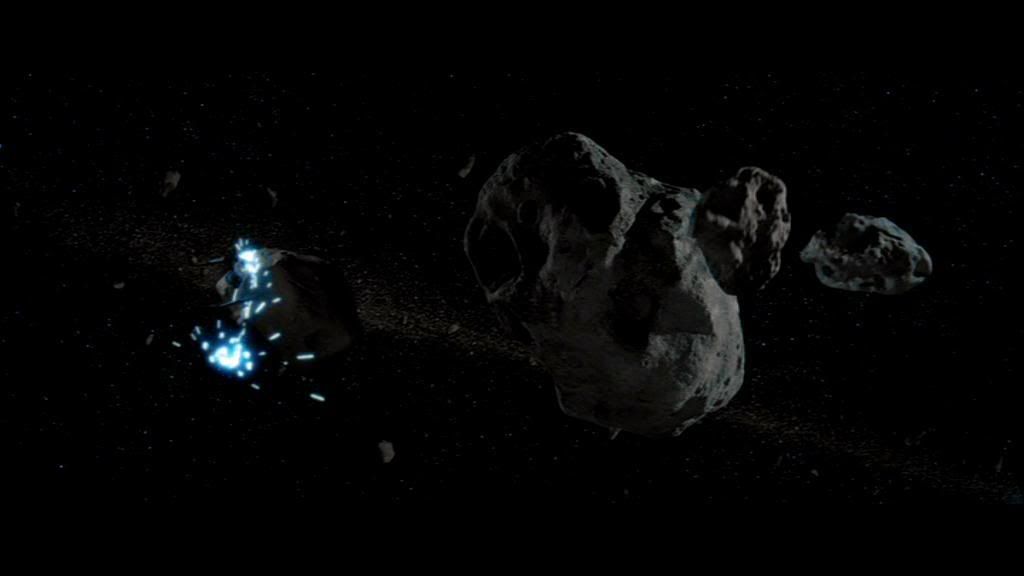
Frame 5: The glow still continues on the the asteroid, but is noticeable dying down.
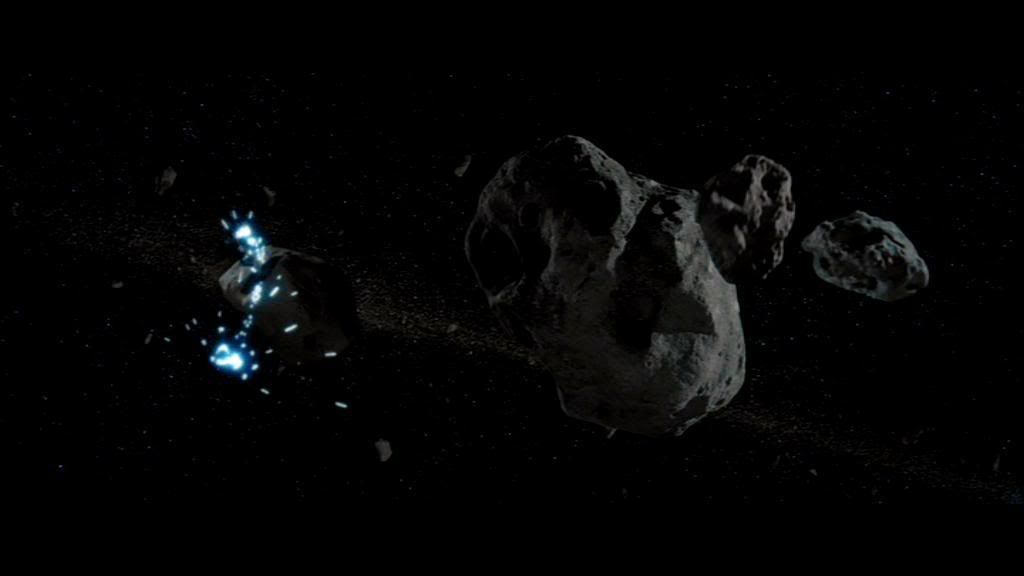
Frame 6: Glow is further reduced.
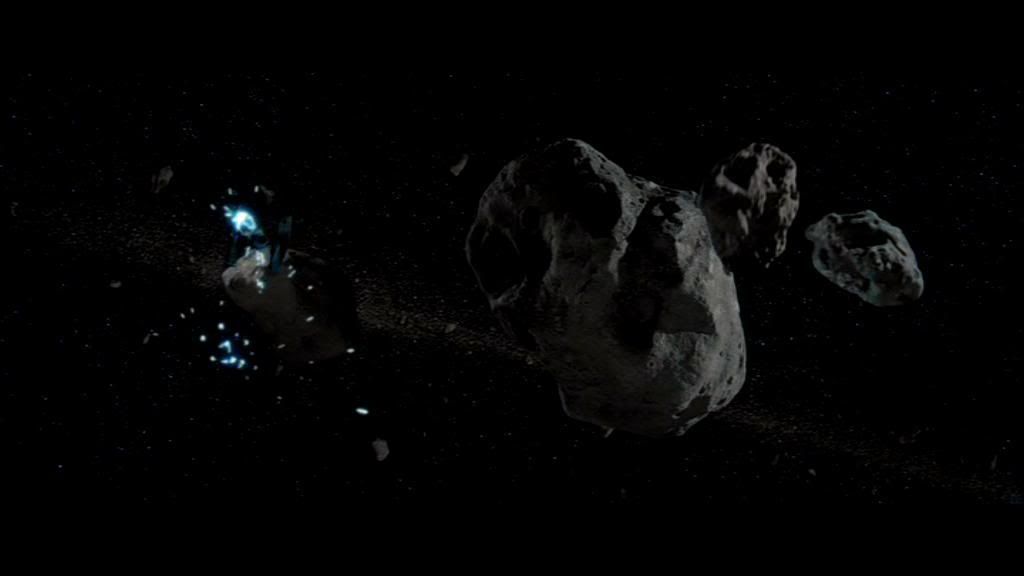
Frame 7: Glow all but gone.
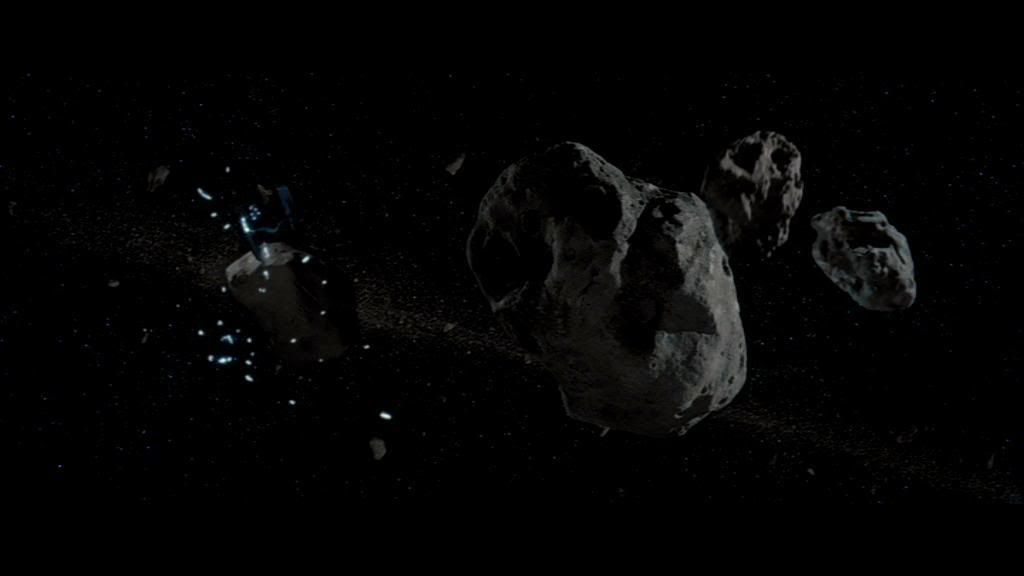
Frame 8: Glow all but gone completely, and the asteroid is no longer there. At all. There are no fragments, and no debris. The asteroid appears to have been completely vapourised.
Now, where have we seen this before?
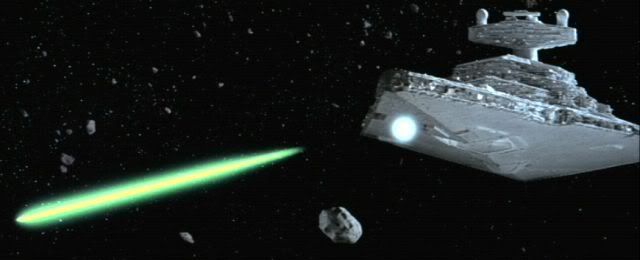
In this shot, an asteroid collides with an ISD's shields, resulting in the vapourisation of the asteroid, and a similar glow to the one's we saw in Seafort's pictures, and just now in my own. It should also be noted that virtualy all other TIE/asteroid impacts during the Hoth chase scene exhibit the same glow upon impact, meaning that this is not just a fluke event, it happened with all of them.
So, we now
know that the visuals match a shield impact almost perfectly. The fact that the stricken asteroid vapourised upon impact with the TIE in an identical way to the one that struck the ISD further indicates links between the two events.
There, canon proof that TIEs have shields.
Another indication of shields comes from common sense. As we saw, the Hoth asteroid field is incredibly dense, with fragments shooting out everywhere. With the speeds they were going at, the TIEs should have been torn to shreds from impacts with micro-meteorites. They weren't, and only went down to impact from much larger rocks. From this alone we can reach two conclusions:
1) TIEs are unshielded, but built out of some ridiculously strong materials.
2) TIEs are shielded, and so were able to survive impacts with smaller rocks.
If we take into account the evidence posted above, the only sensible conclusion we can reach is that the EU is completely wrong, and that TIEs do in fact have shields.









